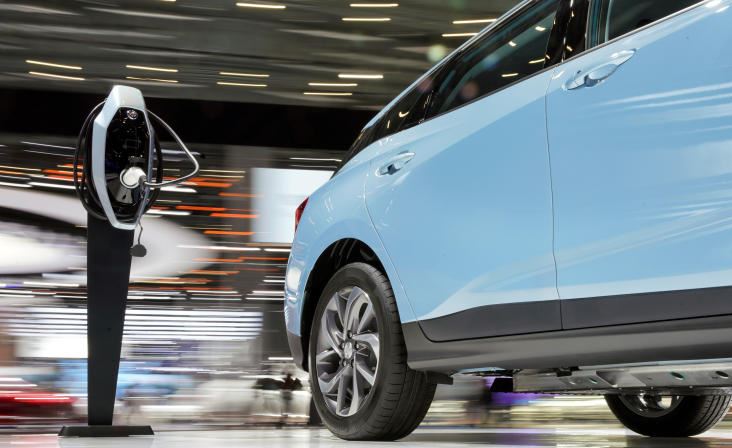
Does charging station for an electric car in your neighbourhood appear too futuristic? Perhaps not.
Real estate developers could within five years be required to incorporate car charging stations in their new projects. This is as the new technology starts picking up, with the State trying to foster adoption of the less polluting vehicles.
In a new strategy meant to boost uptake of electric cars in the next five years, the Ministry of Energy has ordered all new buildings, including those owned by the State, to incorporate charging stations.
The Ministry said between now and 2025, it plans to increase the number of electric vehicle imports to account for five per cent of the total number of vehicles registered in the country.
This would mean increasing the number of electric autos coming into the country, including motorcycles, to about 16,000 per year. Last year, 327,000 autos were registered in the country, of which 210,000 were motorcycles.
This, the Ministry said, would be through “incentives through lower import duty for electric cars, bicycles and tuk-tuks and lower vehicle road taxes.”
This will be boosted by revision of the “building code to incorporate charging stations in public buildings and new estates”.
Last year, the National Treasury reduced excise duty on 100 per cent electric vehicles to increase their uptake. Fully electric vehicles enjoy a 10 per cent excise duty rate compared to 20 per cent for other vehicles.
Top ministry official Isaac Kiva said the State is also in talks with other energy sector players to put up charging stations for electric vehicles.
“We are already talking to Kenya Power to see if we can facilitate the establishment of charging stations and what that is going to look like,” he said.
KenGen recently said it plans to set up charging stations for electric vehicles.
Increasing the number of electric cars in the country is aimed at increasing energy efficiency as well as reduce the amount of fuel that every car consumes on average.
Other than reducing the petroleum import bill, which accounts for the large share of money spent on imports by Kenya, it is also aimed at cleaning up the environment.
The Ministry of Energy recently published a strategy outlining the measures the State plans to take, aimed at reducing the country’s energy intensity by 2.8 per cent annually.
“This strategy is to guide the country towards achieving its established energy efficiency goals, which include reducing the national energy intensity by 2.8 per cent per year and enabling the country to achieve a 30 per cent emission reduction by 2030,” reads the energy efficiency strategy launched by the Ministry last week.
Cutting consumption
The mechanisms meant to cut fuel consumption include increasing the number of people using commuter trains. Fuel consumption has been going up every year, which is a direct impact of the expanding economy.
In 2014, Kenyans consumed about 3.3 million tonnes of petroleum products. This grew to 4.43 million tonnes in 2018. This year this figure is expected to reach 5 million tonnes. Assuming everything remains constant, annual fuel consumption will be at about 6 million tonnes by 2025.
The ministry wants fuel consumption to grow at a much slower pace, so that by 2025, Kenyans will be consuming 5.1 million tonnes of fuel.
Through use of smart traffic management systems, the State also plans to increase the speeds of vehicles, especially in cities and towns, to reduce fuel consumption.
Other mechanisms include lowering the age limit of second-hand car imports.
Credit: Source link